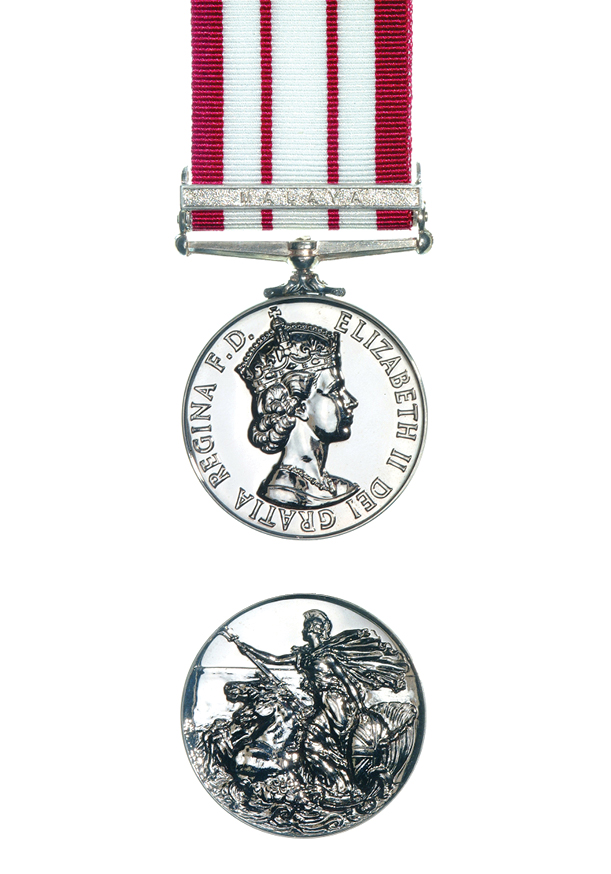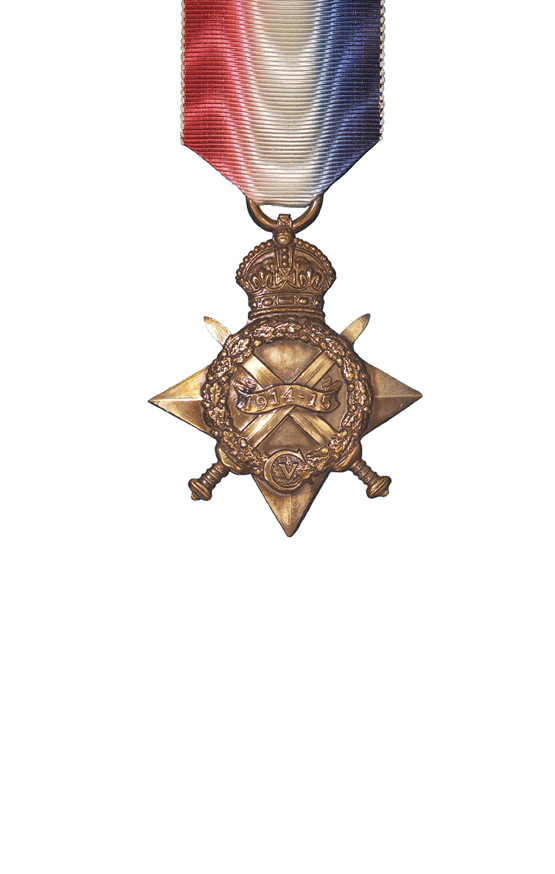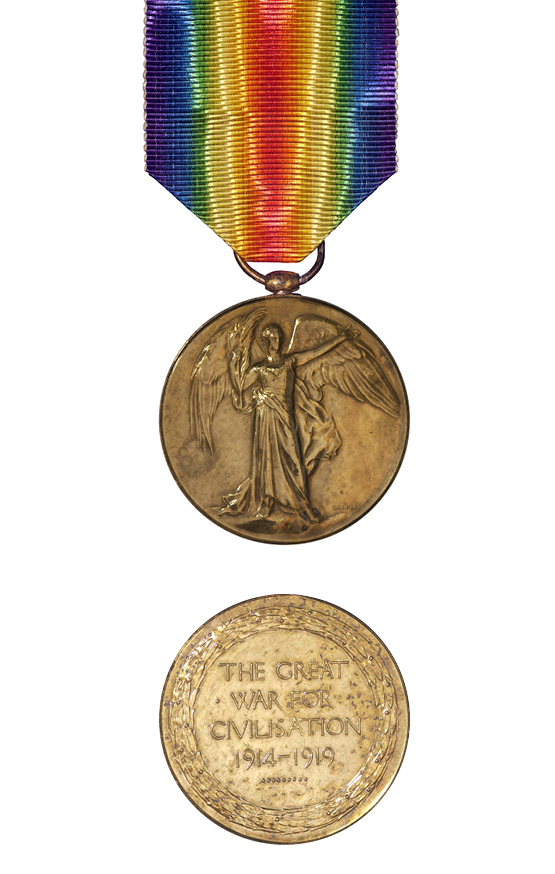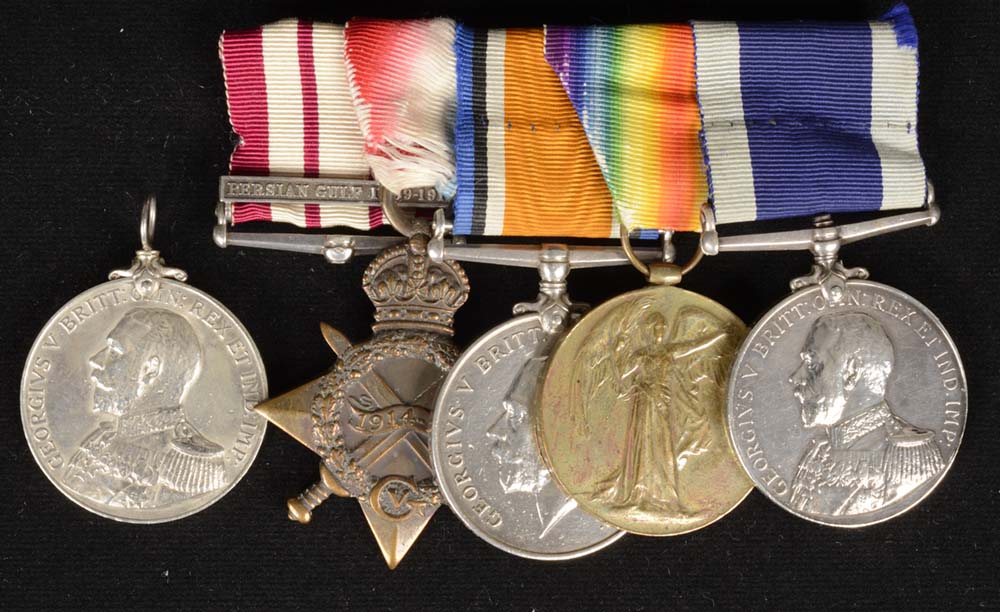

Display No. 5F
MARSHALL, Charley
Charley Marshall enlisted in the Royal Navy when he was fourteen as an apprentice shipwright at Portsmouth Yard. He completed training in HM Ships Firequeen II and Indefatigable. Marshall’s first overseas posting was in HMS Hermes based in the East Indies and then the Cape of Good Hope. He was assigned to shore establishments HM Ships Fisgard and Excellent for much of 1909, before taking a posting in HMS Odin at the South Atlantic Station. During this time Marshall saw action in the Persian Gulf. He returned home in 1912 and was promoted to Ship Wright 2nd Class. He spent the next two years attached to British shore bases or reserve ships.
Upon the outbreak of the First World War, Marshall was assigned to HMS Topaze and was promoted to Chief Shipwright. He spent the entire war attached to Topaze, initially serving in the Channel before being posted to the Mediterranean and then the Red Sea. After the war Marshall was posted to shore bases. He then took a posting aboard HMS Colombo for two years. Colombo served in Asia with the Eastern Fleet. Marshall then spent three years back in the United Kingdom serving in shore bases, depot ships and repair ships. In October 1925, Marshall signed with the New Zealand Division of the Royal Navy. He served in HM Ships Diomede and Philomel.
Note: Marshall’s Naval General Service Medal is displayed here as it was donated to the museum, with the medal separated from the ribbon.
Awarded medal(s)
Medal Description [Left to Right]:
The Naval General Service Medal 1915-1962

The Naval General Service Medal (NGSM) 1915-1962, was instituted in 1915 to recognise service in minor naval operations for which no separate medal was intended. They were always issued with a clasp for the specific area of operation. A total of seventeen clasps were awarded. Examples in our collection include the ‘Persian Gulf 1909-14’ clasp for operations against gun-runners; the ‘Palestine 1936-39’ and ‘Palestine 1945-48’ clasps which were issued for service in the pre-war Arab uprising and post-war Jewish insurgency; the ‘Minesweeping 1945-51’ clasp which was awarded for six months minesweeping service afloat; the ‘Malaya’ clasp recognising the service of naval personnel, including the Royal New Zealand Navy, during the Malayan Emergency of 1948-1960; and the ‘Yangtze 1949’ clasp for those on HMS Amethyst and other vessels attacked by Communist Chinese forces.
The 1914-1915 Star

The 1914-15 Star was awarded to servicemen and servicewomen who served in the First World War between 5 August 1914 and 31 December 1915 in any “theatre of war”, provided they had not qualified for the 1914 Star. This included service at Gallipoli between 25 April 1915 and 31 December 1915, service in Egypt between 5 November 1914 and 31 December 1915, and service during the capture of German Samoa on 29 August 1914. Those eligible for the medal must have “served on the establishment of a unit in a theatre of war” during the relevant dates of operations in that area. The ribbon’s red, white and blue shaded and watered bands represent the flag of the United Kingdom.
The British War Medal

The British War Medal was instituted in 1919 to recognise the successful conclusion of the First World War (1914-1918). Its coverage was later extended to recognise service until 1920, recognising mine clearing operations at sea, and participation in operations in North and South Russia, the eastern Baltic, Siberia, the Black Sea and the Caspian Sea.
The Victory Medal

The Victory Medal was awarded in the First World War to all those who had already qualified for the 1914 Star or the 1914-15 Star, and to most persons who had already qualified for the British War Medal. The Victory Medal was awarded to all New Zealand troops serving overseas, except for those who arrived in Samoa after 30 August 1914 and those serving in Great Britain only. It has a unique double rainbow ribbon.
A bronze spray of oak leaves on the medal ribbon denotes that the recipient was Mentioned in Despatches during the period that the medal recognises. To be Mentioned in Despatches a member of the armed forces has had their name mentioned in an official report, written by a superior officer, and sent to a higher command. The report would describe the individual’s gallant or meritorious action in the face of the enemy.
Royal Naval Long Service and Good Conduct Medal

Awarded to ratings who have served a minimum of 15 years in the Royal Navy (previously 21 or 10 years), the first version of this medal was instituted in 1831 and it is still issued to Royal Navy personnel today. It features the reigning monarch’s head on the obverse and HMS Victory on the reverse with the recipient’s details engraved or impressed on the edge of the medal. This medal was also issued to eligible personnel serving in the New Zealand Division of the Royal Navy from 1921-1941 and then to Royal New Zealand Navy personnel from 1941-1981. In 1985 a New Zealand Royal Navy Long Service and Good Conduct Medal was introduced bearing the exact same design.

